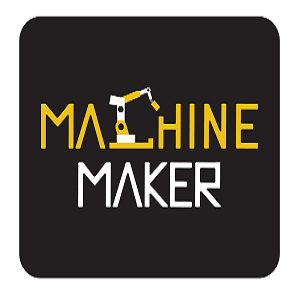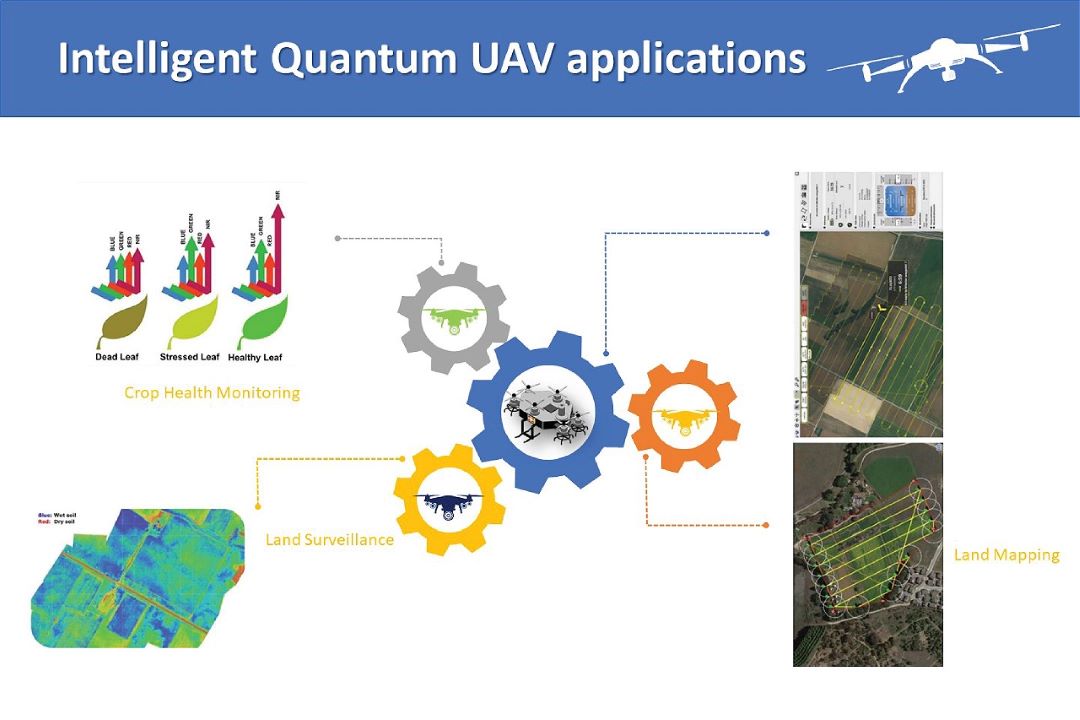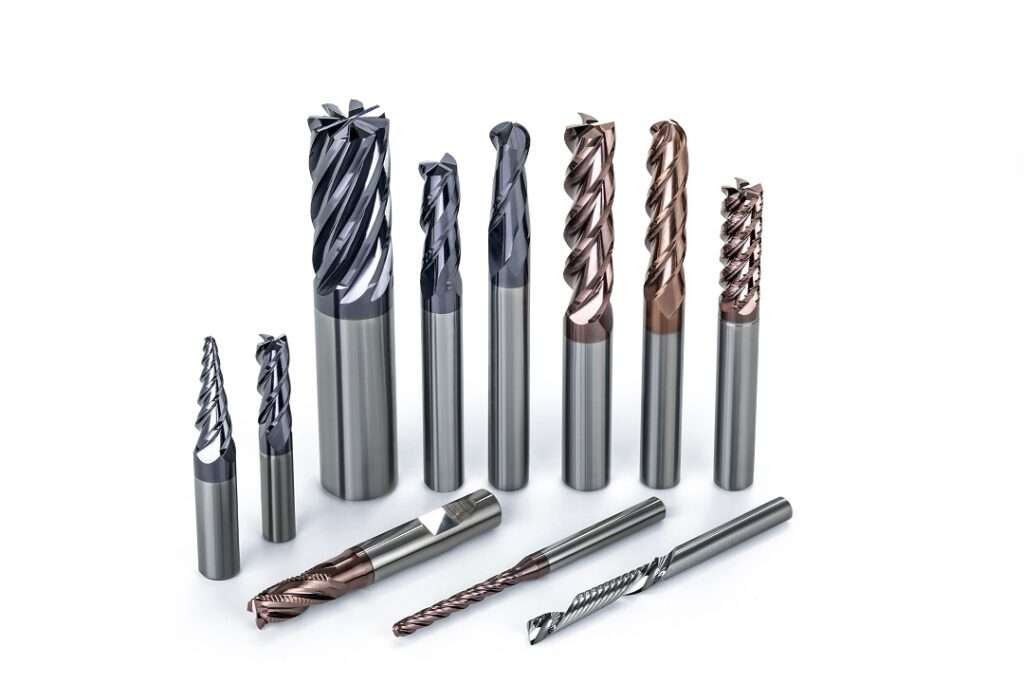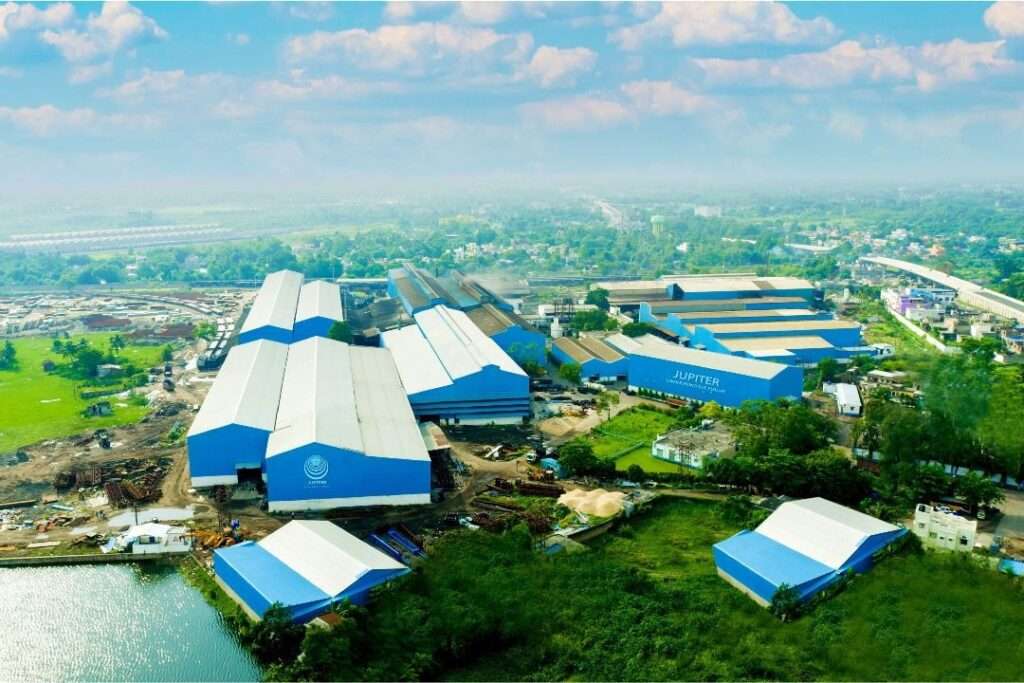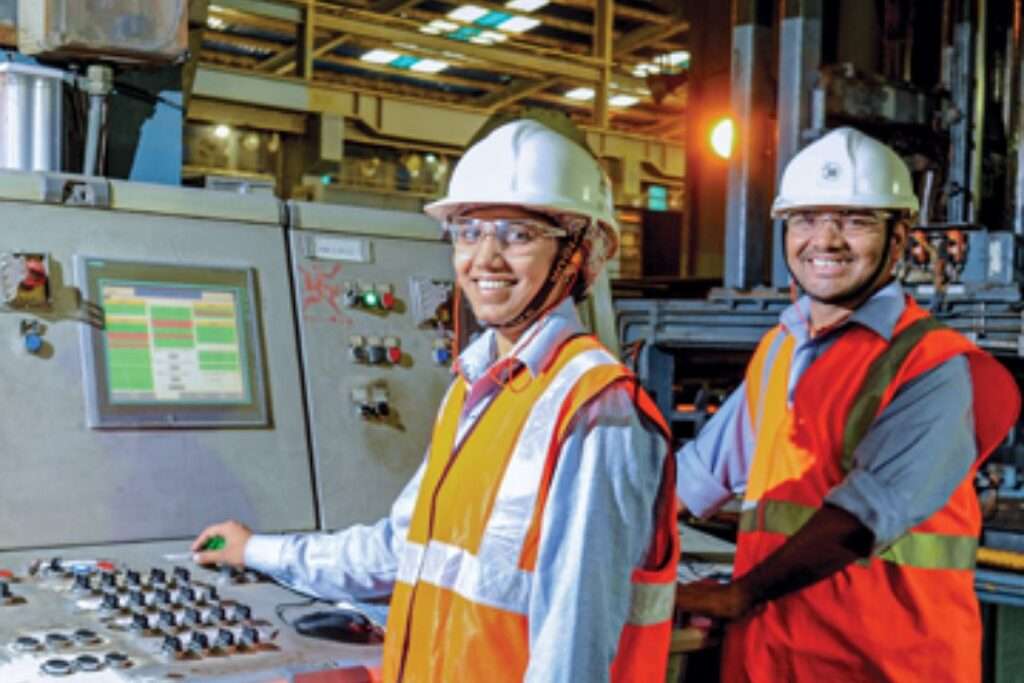Exploring the transformative potential of bio-inspired swarm robotics in digital agriculture, in this article, Dr T. Senthil Siva Subramanian, Head Institute Industry Interface Program, Sharda Group of Institutions (Agra & Mathura), discusses how the Swarm robotics, a disruptive automation technology, leverages the coordination of numerous micro and nanorobots to achieve collective behavior, drawing inspiration from natural systems such as insect swarms. This technology is poised to revolutionize precision agriculture by enhancing productivity, quality, and sustainability through smart executions and optimal resource use.
Technology Synopsis:
Swarm robotics is a disruptive automation technology that constitutes the coordination of multiple and large number of micro and nanorobots as an integrated system. It is supposed that a desired collective behavior that emerges from the collaborative interactions between the micro-nano robots and with the natural environment. This swarm behavior approach is based on artificial swarm intelligence, that applies to biological studies of insects, ants and other fields in nature.
One such swarm system is the LIBOT Robotic System that constitutes a low-cost robot built for outdoor swarm robotics application. Infact indoor based robots are also made with provisions for with LiFi (Light Fiedility), Wi-Fi, that substitutes GPS sensors as it provides low signal communication inside buildings. Another such attempt is the micro robot called as Colias, built in Research and development lab named Computer Intelligence Lab at the University of Lincoln, UK. The micro robot is fabricated and built on a 4 cm circular chassis and is low-cost and open-source platform for use in a variety of Swarm Robotics applications. Swarm robots are robust, user friendly with miniaturization and cost are key factors to be considered.
The deployment of scalable, affordable swarm robot technology (Autonomous ground and aerial robots) has the immense potential and capability to significantly contribute to environment thereby benefit smart and precession agriculture.
Agri-Robots can enormously benefit the farmers through enhancement in the productivity, quality through smart executions. smart agriculture, enabled by the CASS technology, results in long-term benefits through reduction of wastage and intelligent logistics, optimal use of water and fertilizer, thereby overall reduce the use of pesticides.
The recent trends in precision agriculture and smart farming majorly focus on bigger machines or a single or a small number of robots equipped and programmed to perform highly specialized difficult tasks. Henceforth the evolution of Swarm Robotics Systems acts as a Universal platform for wider farming applications and serve as a robust technology.
Bio-Inspired swarm intelligence technology dynamics
The principle of swarm robotics is a group of small unmanned aerial vehicles deployed to collaboratively and collectively monitor.unmanned ground and aerial robots designed to assist in collaborative smart agriculture tasks Agriculture
swarm robotics principles, a group of small unmanned aerial vehicles (UAVs) will be deployed to collectively monitor a agriculture field say a sugar beet and integrative mapping the presence of volunteer potatoes, which forms the major threat as they widely spread diseases (e.g., late blight) and facilitate harmful soil nematodes. Hence there is a need to precisely map the existence of volunteer potatoes to facilitate the weed control procedures. Precisely it of paramount importance to investigate when there is requirement to perform the weeding on which parts of the farm lands spanning hundreds of hectares. The conventional practices being the labor-intensive practices.
The present multi-rotor UAV is enhanced with the on-board HD camera with tera pixel, vision processing, digital signal processing high speed radio communications especially with IoT-LoRaWAN systems with precession protocols for safe and secure operations. Online-real time processing forms key for the detection of weed as the UAV fly proximity to the crops to collect the high precession images of HD quality. In-fact the operation must be performed only there is evidence of weed to optimally reduce the flight time and expenditures for energy. So, there is always a challenge between the accuracy and the cost of flying of UAVs. The concept of the Swarm Robotics is flying multiple UAVs which can focus on areas of interest i.e. high precession operations.
Swarm robots build a smart mapping pattern on the agriculture field with semantic tagging system of different agriculture regions thereby transmits information about the presence and quantity of weeds present in the agriculture lands. Swarm robotics perform spatiotemporal operation of precession weeding monitor and there is always scalability to perform weed removal in future as well.
Tangible benefits for small hold farmers
Swarm robots can help farmers to optimize the use of inputs (seed, fertilizers, water), to react more quickly to threats (weeds, pests, fungi), to save time crop scouting (validate treatment/actions taken), to improve variable-rate prescriptions in real-time and estimate yield from a field.
Swarm robots build a smart mapping pattern on the agriculture field with semantic tagging system of different agriculture regions thereby transmits information about the presence and quantity of weeds present in the agriculture lands. Swarm robotics perform spatiotemporal operation of precession weeding monitor and there is always scalability to perform weed removal in future as well.
Tangible benefits for small hold farmers
Swarm robots can help farmers to optimize the use of inputs (seed, fertilizers, water), to react more quickly to threats (weeds, pests, fungi), to save time crop scouting (validate treatment/actions taken), to improve variable-rate prescriptions in real-time and estimate yield from a field.
Monitoring Plant Health
Swarm robots are equipped with special imaging equipment called Normalized Difference Vegetation Index (NDVI) use detailed color information to indicate plant health. This allows farmers to monitor crops as they grow so any problems can be dealt with fast enough to save the plants. Swarm robots using ‘regular’ cameras are also used to monitor crop health. Swarm robots imaging is capable of producing accurate image location to the millimeter. This means that after planting, areas with stand gaps can be spotted and replanted as needed, and disease or pest problems can be detected and treated for right away.
Monitoring Field Conditions
Swarm robots field monitoring is also being used to monitor the health of soil and field conditions. Swarm robots can provide accurate field mapping including elevation information that allows growers to find any irregularities in the field. Having information on field elevation is useful in determining drainage patterns and wet/dry spots which allow for more efficient watering techniques. Some agricultural drone retailers and service providers also offer nitrogen level monitoring in soil using enhanced sensors. This allows for precise application of fertilizers, eliminating poor growing spots and improving soil health for years to come.
Drop damage assessment
Agricultural Swarm robots fitted along with multispectral sensors and RGB sensors also detect field areas inflicted by weeds, infections, and pests. According to this data, the exact amounts of chemicals needed to fight these infestations are known, and this helps diminish the costs inflicted by the farmer.
Conclusion
Swarm robotics represents a significant advancement in precision agriculture, offering scalable and affordable solutions for various agricultural tasks. By deploying coordinated micro and nanorobots, farmers can optimize the use of inputs, quickly react to threats, and monitor crop and soil health in real-time. The implementation of swarm robotics in agriculture promises long-term benefits, including reduced wastage, intelligent logistics, and overall improved efficiency. As these technologies continue to evolve, they hold the potential to drive the future of smart and sustainable farming practices, providing tangible benefits for smallholder farmers and contributing to the broader goal of global food security.
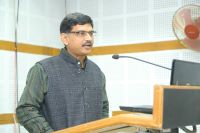
About the Author Dr T. Senthil Siva Subramanian, a passionate technopreneur with passion in teaching, grassroot research having industry and technological of skills over 23 years and a long track record of successful innovations to achieve the sustainable development goals. Senthil, an alumnus of IIT Delhi and Dayalbagh Educational Institute (Deemed University), Agra was educated to a very high level, with extensive knowledge of all disruptive technologies especially on digital manufacturing transformations, frugal innovations and technology licensing. Senthil is nominated as national expert for the international projects on industry 4.0 supported by Asian Productivity Organization, Tokyo, Japan through National Productivity Council, under Ministry of Commerce & Industry, Govt. of India. He has deeply carried out several case studies on manufacturing transformation of Indian MSMEs and working on formulating frameworks for transforming MSME to digitally empowered industries. He has developed Artificial neural network model for healthcare applications and also developed cost benefit analysis for intelligent condition monitoring of air compressors and motors at IIT Kanpur supported by The Boeing Inc, USA.
He has the credit of several industrial design registrations on hydrogen bike, multi-functional smart hand tools, & intelligent quantum UAV for smart farming. Senthil’s industrial design on hydrogen fuelled e-bike was selected as Top 78 IP’s driven solutions for addressing the need for the Sustainable Development Goals (SDGs) by Office of Controller General of Patents, Designs & Trademarks, Department for Promotion of Industry and Internal Trade, Government of India, 2024. He is nominated as national expert by Ministry of New & Renewable Energy, Govt. of India for facilitating the national hydrogen mission in developing course / content development of hydrogen program for Industrial Training Institutes in India. He has the credit of publishing research articles in peer-viewed journals.

